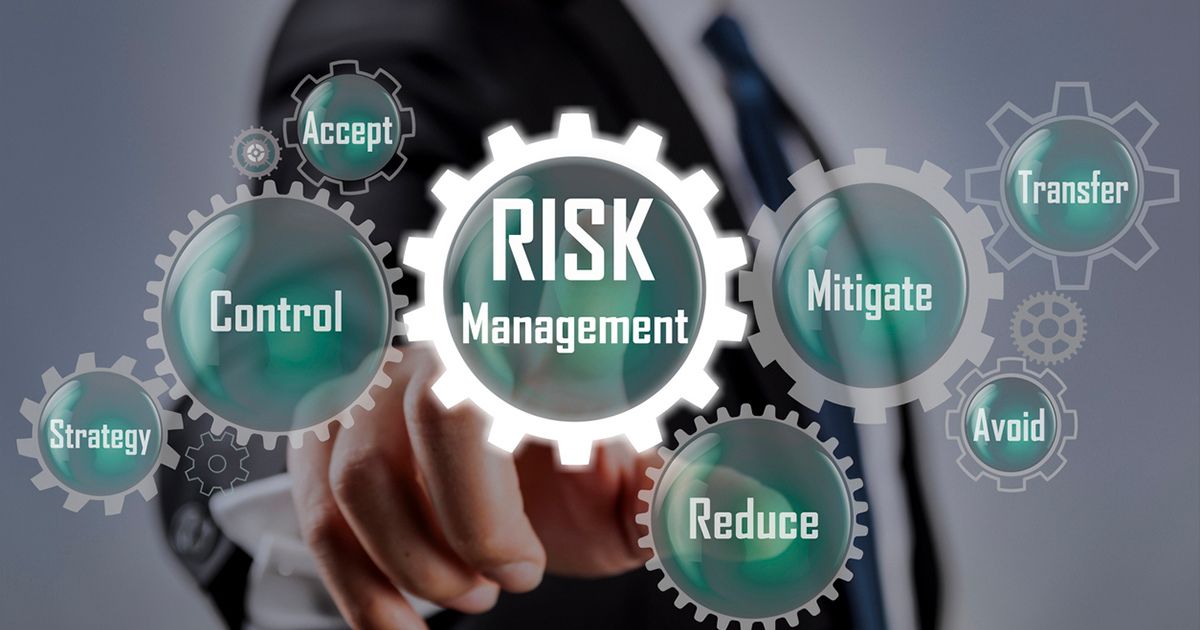
| February 15th, 2024 |
Navigating High Risk Merchant Account — A Comprehensive Guide!
In the realm of online commerce, accepting credit and debit card payments is essential for most businesses. However, for some enterprises, particularly those categorized as high risk, obtaining a merchant account can be challenging. Whether your business operates in industries such as adult entertainment, nutraceuticals, online gaming, or travel, securing a high risk merchant account is crucial for facilitating transactions securely and efficiently.
This comprehensive guide aims to demystify the process of obtaining a high-risk merchant account, offering actionable insights and practical tips to navigate the complexities of payment processing in high-risk industries.
Understanding High Risk Merchant Accounts —
Before delving into the steps to secure a high-risk merchant account, it’s vital to grasp the concept itself. A high-risk merchant account is a specialized type of bank account that allows businesses operating in industries with elevated levels of risk to accept credit and debit card payments from customers.
Various factors contribute to a business being classified as high risk, including:
- Industry Type: Certain industries inherently carry higher risk levels due to regulatory concerns, chargeback rates, and market volatility.
- Business Model: Subscription-based services, multi-level marketing, and continuity billing models are often deemed high risk due to the potential for disputes and cancellations.
- Credit History: Poor credit history or a history of high chargeback ratios can flag a business as high risk in the eyes of payment processors.
- Geographical Location: Operating in regions with high instances of fraud or political instability may increase a business’s risk profile.
Steps to Secure a High-Risk Merchant Account —
1. Research and Due Diligence:
Begin by researching reputable payment processors that specialize in high-risk merchant accounts. Look for providers with a proven track record of supporting businesses in your industry and with similar risk profiles. Conduct thorough due diligence to assess each provider’s terms, fees, and customer support.
2. Gather Documentation:
Prepare all necessary documentation to support your application for a high-risk merchant account. Common documents typically include:
- Business license and registration
- Articles of incorporation
- Bank statements
- Processing history (if applicable)
- Voided check or bank letter
- Valid identification for the business owner(s)
Ensure that all documentation is accurate, up-to-date, and compliant with the requirements of the payment processor.
3. Establish a Risk Mitigation Strategy:
Develop a robust risk mitigation strategy to address concerns raised by payment processors. This may involve implementing measures such as:
- Fraud prevention tools and systems
- Enhanced customer authentication processes
- Transparent refund and cancellation policies
- Dedicated customer support channels
- Regular monitoring of transaction activity for suspicious patterns
A well-defined risk mitigation strategy can instill confidence in payment processors and increase the likelihood of approval for a high-risk merchant account.
4. Choose the Right Payment Processor:
Select a payment processor that aligns with your business’s specific needs and risk profile. Consider factors such as:
- Fee structure: Evaluate setup fees, transaction fees, chargeback fees, and any other associated costs.
- Integration options: Ensure compatibility with your existing e-commerce platform or payment gateway.
- Security and compliance: Verify that the payment processor adheres to industry-standard security protocols and compliance regulations.
Collaborate closely with the chosen payment processor to streamline the application process and address any concerns or questions promptly.
5. Maintain Compliance and Transparency:
Adhere to all relevant regulations and compliance requirements governing your industry. Maintain transparency in your business operations, including pricing, terms of service, and refund policies. Regularly review and update your compliance measures to adapt to evolving regulatory landscapes and mitigate potential risks.
6. Monitor and Optimize Performance:
Continuously monitor the performance of your high-risk merchant account to identify areas for improvement and optimization. Track key metrics such as transaction volumes, chargeback ratios, and approval rates to gauge the health of your payment processing operations. Implement data-driven strategies to minimize chargebacks, mitigate fraud, and enhance overall profitability.
Conclusion —
Securing a high-risk merchant account is a critical step for businesses operating in industries with elevated risk profiles. By understanding the nuances of high-risk payment processing and implementing proactive strategies to mitigate risk, businesses can expand their payment options and unlock new growth opportunities. With careful research, preparation, and ongoing vigilance, businesses can navigate the complexities of high-risk merchant accounts successfully and safeguard their financial interests in the ever-evolving landscape of e-commerce.
